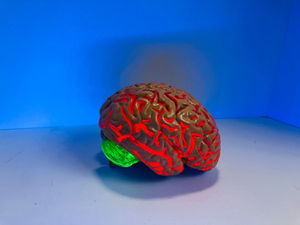The early days of the COVID-19 pandemic have seen a rush to repurpose existing approved or near approval drugs, due to the urgency of the viral disease that has no proven treatment. As the SARS-CoV-2 virus causing COVID-19 exhibited in its genome a viral protease (enzyme that cuts proteins–in the case of the virus it is used to help construct the viral particle) with some structural similarity to other proteases, notably the HIV protease, there was immediate speculation that perhaps these drugs could have some activity against COVID-19.

Unfortunately, pilot clinical trials showed no effect of the HIV proteases on COVID-19 viral phenotypes. The likely reason was that, although both targets are proeases, their active sites, where the drug must bind to act, are likely sufficiently different that the drug fitting well to the HIV (or other) protease active site did not fit well to the distorted or perhaps significantly different SARS-CoV-2 protease active site. Since even a single amino acid difference in an active site can render it inactive or clash with the drug, this was not surprising.
The initial negative results do not rule out that these drugs could have a use in the pandemic with more in depth testing, but the exercise highlights a pitfall of rapid repurposing. In this case, the hypothesis was driven by mechanism: that the protease inhibitors would cross react. Here at GeneCentrix, we are indeed obsessed with polypharmacology, which rests on the idea of cross-reactivity of drugs with other targets than those intended. However, ironically, our experience tells us that polypharmacology is highly variable and unpredictable. Even in the highly conserved ATP binding site in kinases that is targeted by approved kinase inhibitors, a high degree of selectivity can be seen along with a minority of cross-reactivity. Thus, pursuing mechanism in repurposing may be risky, and certainly hoping that a drug designed for one active site will act potently at another moderately or distantly evolutionarily related target is likely a false hope. Our technology posits that adding in the dimension of tissue site specific action of drugs can enhance mechanistic repurposing efforts. So, one variable is whether the drug will cross react with a desired target, but a second filter that increases specificity, is whether that target is expressed in the desired tissue. While this approach is not particularly useful in infectious diseases, where the targets are not human, the principle can still apply and guide thoughts about COVID-19 repurposing of drugs.






